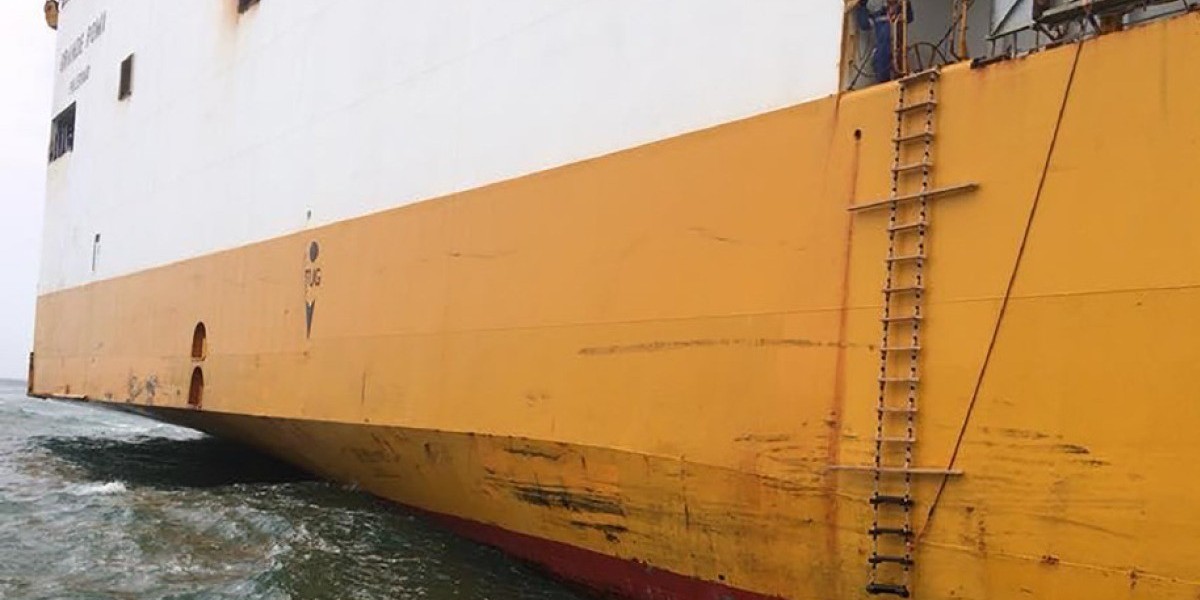Compliance with pilot ladder regulations is crucial for maintaining safety standards and preventing accidents during pilot transfers. Shipowners and crew members play a pivotal role in ensuring that pilot ladders are properly installed, maintained, and used in accordance with international maritime regulations. In this guide, we outline key steps and responsibilities for shipowners and crew members to ensure Pilot ladder securing compliance.
Responsibilities of Shipowners:
1. Procurement of Compliant Ladders:
Shipowners are responsible for procuring pilot ladders that comply with international regulations, such as SOLAS (Safety of Life at Sea) requirements and IMO (International Maritime Organization) guidelines. Ensure that pilot ladders are certified by reputable manufacturers and meet specified standards for materials, construction, and design.
2. Installation and Rigging:
Ensure that pilot ladders are installed and rigged correctly according to established procedures and guidelines. Verify that attachment points are secure, ladder ropes are properly tensioned, and ladder steps are aligned at the correct angle to the ship's side.
3. Maintenance and Inspection:
Implement a regular inspection and maintenance program to assess the condition of pilot ladders and identify any defects or deficiencies. Inspect ladder ropes, steps, spreaders, and attachments for wear, damage, or corrosion, and address any issues promptly to ensure compliance and safety.
Responsibilities of Crew Members:
1. Rigging and Deployment:
Crew members responsible for rigging and deploying pilot ladders should be trained in proper procedures and techniques. Rig pilot ladders at the correct angle of inclination, ensure secure attachment to the ship's side, and monitor ladder stability during transfers.
2. Safe Transfer Operations:
Exercise caution and vigilance during pilot transfers to ensure the safety of pilots and crew members. Assist pilots during embarkation and disembarkation, maintain clear communication, and be prepared to respond to emergencies or unforeseen circumstances.
3. Reporting and Documentation:
Report any issues or concerns related to pilot ladder compliance to the ship's management or designated safety officer. Maintain accurate records of pilot ladder inspections, maintenance activities, and compliance assessments for documentation and audit purposes.
Training and Awareness:
Provide crew members with comprehensive training and awareness programs on pilot ladder safety, regulations, and best practices. Ensure that all personnel involved in pilotage operations understand their responsibilities and are proficient in proper ladder rigging, deployment, and usage.
Collaboration and Communication:
Promote collaboration and communication between shipowners, crew members, pilots, and port authorities to address pilot ladder compliance issues effectively. Share information, experiences, and lessons learned to enhance safety and compliance in pilotage operations.
Conclusion:
Ensuring pilot ladder compliance requires collaboration, communication, and a commitment to safety from shipowners and crew members. By adhering to regulatory requirements, implementing proper installation, maintenance, and usage practices, and investing in training and awareness initiatives, maritime stakeholders can enhance safety standards and prevent accidents during pilot transfers. Compliance with pilot ladder regulations is not only a legal obligation but also a moral imperative to protect the lives and well-being of pilots, crew members, and vessels at sea.








